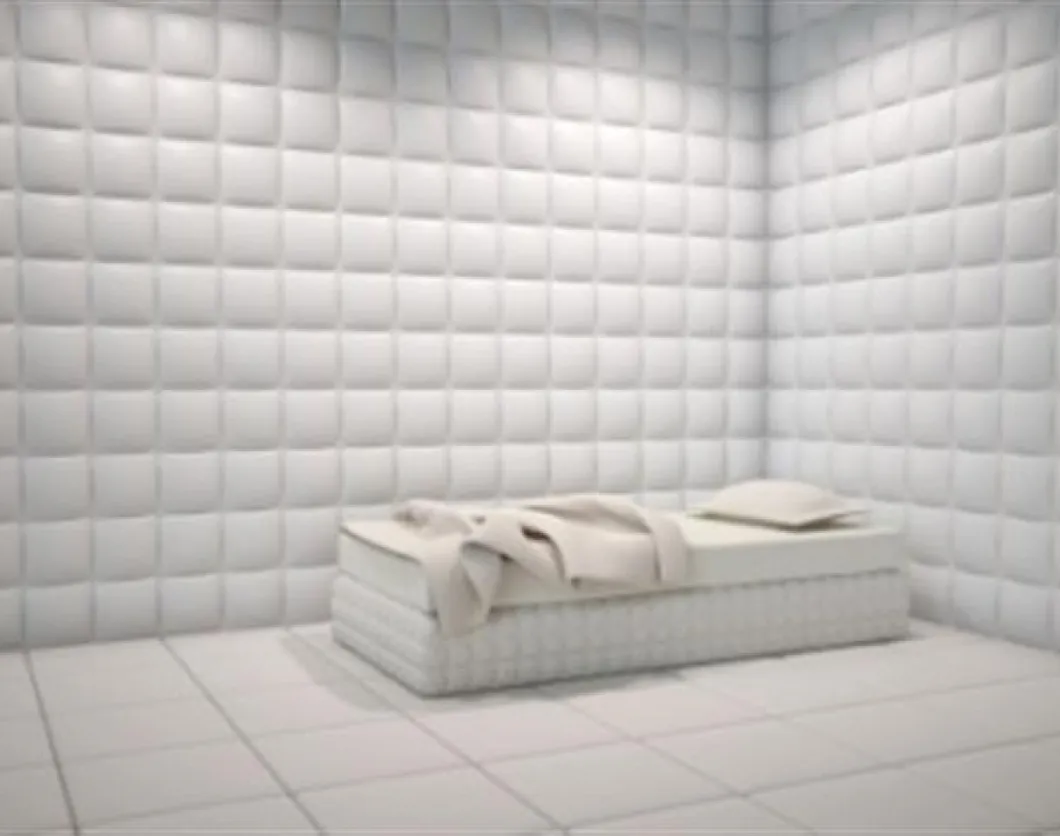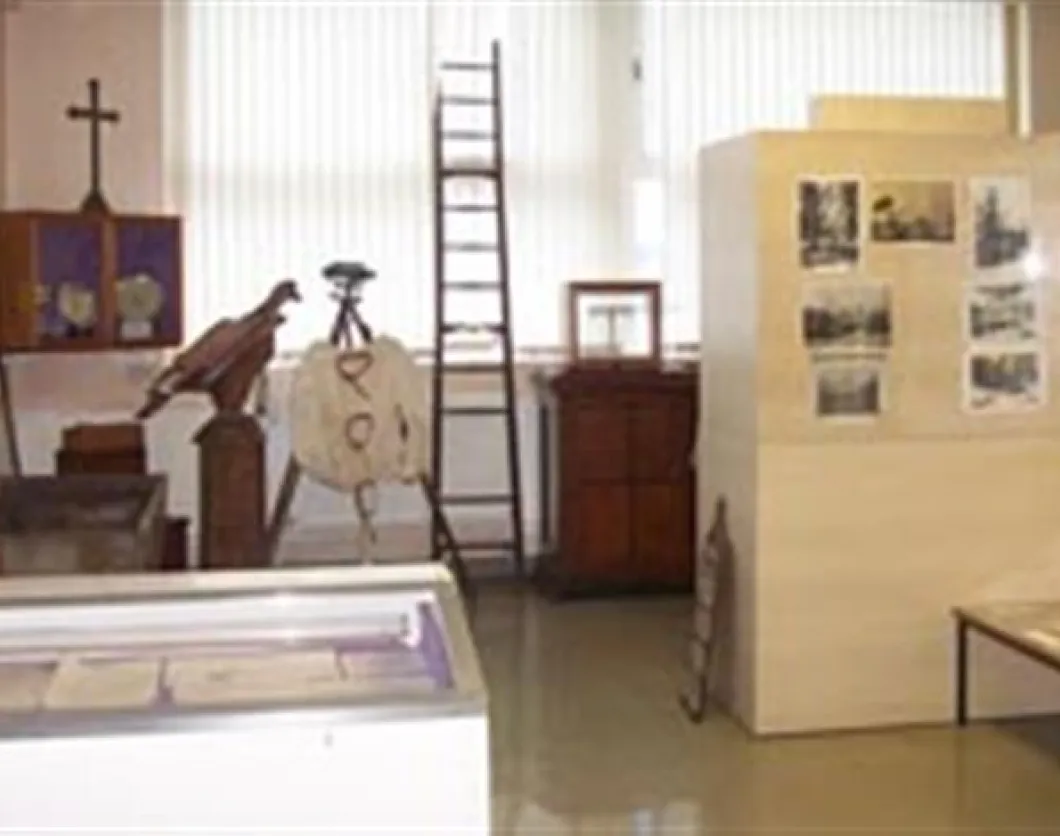If you want to see a glimpse of the past, the best place to go to is the museum. There are several museums across UK filled with different objects such as paintings, antique tools and many others but one of the few which is truly remarkable and unique is the Mental Health Museum found in Fieldhead, Wakefield, UK.
Part of the Stephen Beaumont Museum, the Mental Health Museum features the great history of Stanley Royd Hospital which used to be known as the West Riding Pauper Lunatic Asylum. In the Mental Health Museum, you can find a lot of interesting materials which were used in the care of psychiatric patients in the past. Learning about the methods of caring for mental patients in the earlier period has been a great help in developing the best and most effective methods which are used in the present times.
The Museum of Mental Health: History
The West Riding Pauper Lunatic Asylum was built in the year 1818. It was one of the few mental asylums offering services to poor psychiatric patients. The asylum has been established following the order in England where all counties are required to develop an asylum for lunatics who are unable to pay for their treatment.
The asylum was the sixth hospital which was established based on the order of the England government. During its opening in November 1818, eight patients were admitted. The name of the hospital was later changed into Stanley Royd Hospital.
In the year 1996, the West Riding Pauper Lunatic Asylum, which was then known as the Stanley Royd Hospital, was closed due to relocation. It was transferred in Fieldhead, Wakefield area. The mental hospital is also known as the Stephen G. Beaumont Hospital. Stephen G. Beaumont is the person who has funded the establishment of the mental asylum.
Highlights of the Museum
Patients' records
Many individuals, especially experts, visit the museum to see patient's records. Since its establishment, the Stanley Royd Hospital has been involved on several controversies and issues. Patient records discovered in the recent periods reveal the abusive treatment provided to patients, such as mechanical restraining with chains for long periods of time.
Records on the cases of food poisoning have also been recorded. In the year 1985, many patients including elderly individuals have died of food poisoning. Investigations were conducted which revealed the use of dirty cooking utensils and presence of cockroaches in the kitchen area.
The type of water used in the hospital has also become controversial and is a part of historic records. During water shortage, water was collected directly from River Calder through water wagons.
Hospital facilities and materials
You can also find several tools and equipment used in the hospital for the treatment of lunatic patients. Facilities have also been preserved such as beds and cabinets. You can surely have an idea on how the patients were treated by looking at the exhibition. Furthermore the museum includes a padded cell used for patients that might hurt themselves.
Visiting the Museum
As a part of the Stephen Beaumont Museum, the Mental Health Museum is available for viewing to the public. When visiting the facilities, it is advisable for you to have a guide who is aware of the history of the hospital and the controversies it was involved with. In this way, you can understand more on why issues have been raised and how the workers in the hospital have dealt with the controversies.
Museum tours are to be arranged and organized earlier for preparations. Artifacts and other collections will be showcased by the guide.
The Museum of Mental Health is one of the best places you should tour when you visit Fieldhead, Wakefield. Do not miss the opportunity to have a glimpse of the past of a mental health asylum. The museum is one of the few which features a lot of different things you can never find in other museums.












